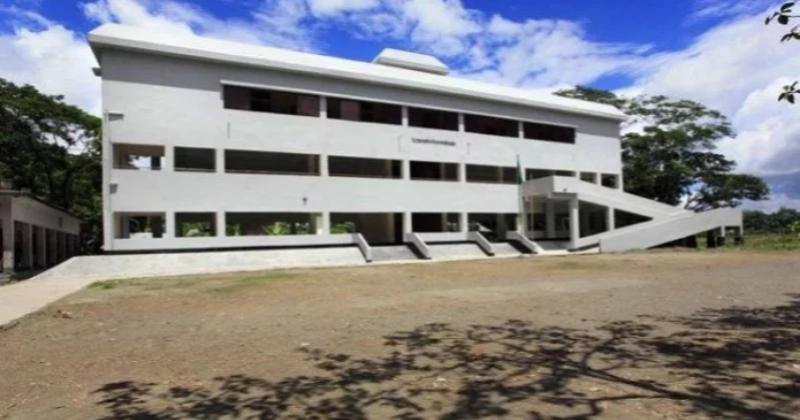- Logi-boitha of 2006 was the 1st reflection of Hasina’s fascism: Rizvi |
- Economists express concern over bank merger; BB remains confident |
- No response on request for Hasina’s extradition: Touhid Hossain |
- Deep relations with US, economic ties with China: Touhid |
- Recommendations on July Charter implementation submitted to CA |
Govt to Build 90 Cyclone Shelters to Boost Coastal Safety

The government will construct 90 three-storey cyclone shelters in 47 upazilas of 12 districts.
The government has launched a new initiative to construct 90 three-storey multi-purpose cyclone shelters across 47 upazilas in 12 districts under the Khulna, Barishal, and Chattogram divisions to enhance disaster preparedness in vulnerable coastal regions.
Each shelter will cover 1,272 square metres and accommodate up to 1,000 people, providing safe refuge for around 90,000 residents during emergencies.
The project, titled Construction of Multi-purpose Cyclone Shelters in Coastal and Cyclone-prone Areas (Phase-III), aims to protect lives and livelihoods in disaster-prone coastal regions. It will be implemented by the Department of Disaster Management under the Ministry of Disaster Management and Relief at a cost of Tk 636.09 crore, fully funded by the government.
Scheduled to run from July 2025 to June 2028, the project is designed not only to serve as life-saving shelters during cyclones but also as educational institutions during normal periods. Each facility will feature deep tube wells, rainwater harvesting systems, and renewable energy solutions to ensure sustainability.
The initiative forms part of the government’s broader efforts to strengthen climate resilience and reduce disaster risks in one of the world’s most vulnerable regions. According to the World Risk Report 2022, Bangladesh ranks ninth globally and fifth in Asia for exposure to natural hazards.
Currently, more than 35 million people live across 17 coastal and cyclone-prone districts. To date, a total of 4,653 cyclone shelters have been built in these areas under various programmes. The first and second phases of this project constructed 100 and 220 shelters respectively, with the third phase continuing this long-term effort.
The project’s annual expenditure is set at Tk 98.41 crore for FY2025–26, Tk 320.74 crore for FY2026–27, and Tk 216.94 crore for FY2027–28. This includes Tk 530.43 crore for construction, Tk 20.92 crore for RCC roads, Tk 11.40 crore for furniture, and Tk 58.67 crore for other costs.
While the project is not revenue-generating, officials emphasised that it will yield significant socio-economic benefits by safeguarding lives, assets, and livelihoods in coastal areas. It will also contribute to achieving several Sustainable Development Goals (SDGs) related to disaster risk reduction and resilient infrastructure.
A feasibility study conducted by the Department of Disaster Resilience and Engineering at Patuakhali Science and Technology University confirmed the project’s technical and economic viability.
Planning Commission officials noted that once completed, the project will enhance community preparedness, strengthen institutional capacity for disaster management, and create rural employment opportunities, thereby improving the quality of life for vulnerable coastal populations.
Over the decades, Bangladesh has shifted from a reactive disaster response model to a proactive risk management approach following the catastrophic flood of 1988 and cyclone of 1991. This transformation has positioned the country as a global example of progress and innovation in disaster management.

